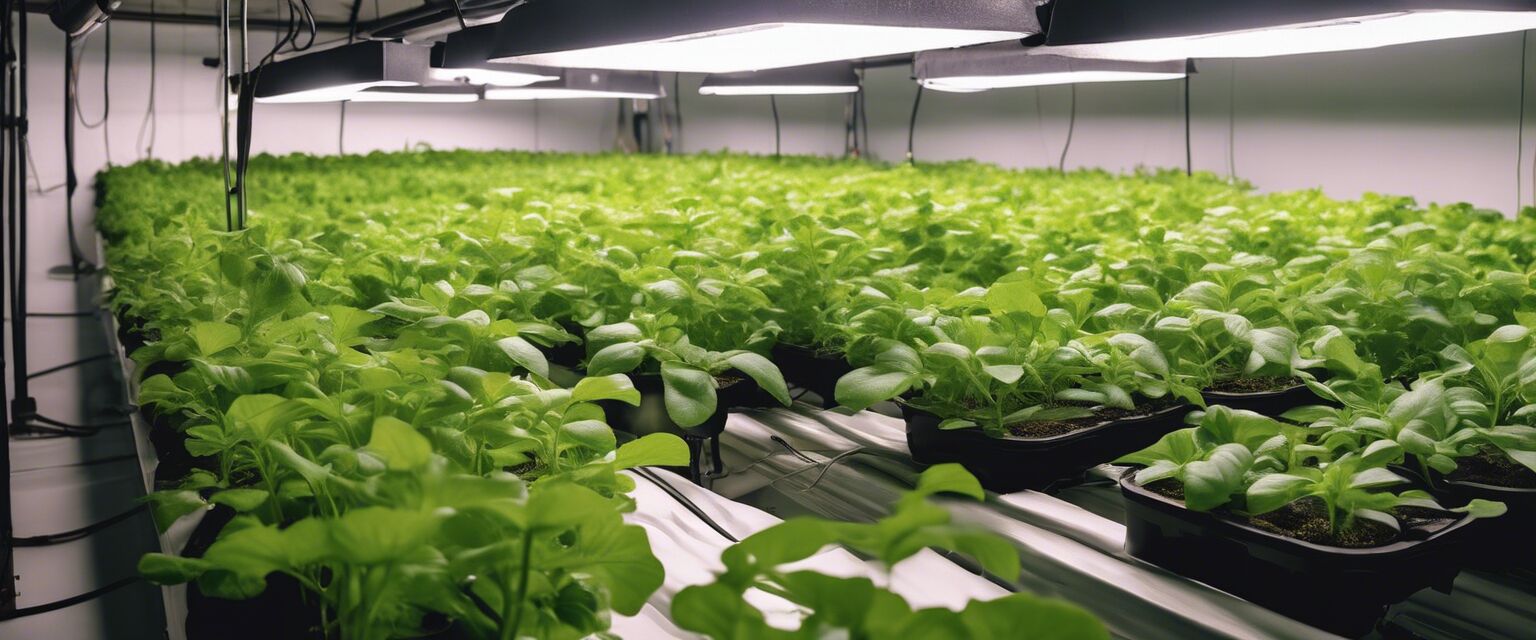
Nutrient deficiency symptoms in hydroponic plants
- Nutrient deficiencies can significantly affect plant health and yield in hydroponic systems.
- Identifying symptoms early is crucial for effective remediation.
- Understanding the role of essential nutrients helps prevent deficiencies.
- Regular monitoring and adjusting nutrient solutions are essential for optimal plant growth.
Hydroponics offers a fantastic way to grow plants without soil, but one of the challenges faced by growers is managing nutrient levels. Understanding nutrient deficiencies is vital for ensuring that plants thrive in a hydroponic environment. This article sheds light on common nutrient deficiency symptoms in hydroponic plants, empowering you to identify and remedy issues to maintain optimal growth.
Essential nutrients for hydroponic plants
Plants require various nutrients for healthy growth, classified into macronutrients and micronutrients:
| Nutrient Type | Nutrient Name | Function |
|---|---|---|
| Macronutrients | Nitrogen (N) | Promotes leaf and stem growth. |
| Macronutrients | Phosphorus (P) | Supports root development and flowering. |
| Macronutrients | Potassium (K) | Regulates water balance and overall plant health. |
| Micronutrients | Iron (Fe) | Essential for chlorophyll production. |
| Micronutrients | Manganese (Mn) | Involved in photosynthesis and enzyme systems. |
Common nutrient deficiency symptoms
Each nutrient deficiency presents its own set of symptoms. Here’s a table summarizing the symptoms associated with various nutrient deficiencies:
| Nutrient Deficiency | Symptoms |
|---|---|
| Nitrogen | Yellowing of older leaves, stunted growth, thin stems. |
| Phosphorus | Purple discoloration on leaves, poor root development, delayed flowering. |
| Potassium | Yellowing at leaf edges, weak stems, poor fruit quality. |
| Calcium | Blossom end rot (in fruiting plants), new leaf curl, stunted growth. |
| Iron | Interveinal chlorosis (yellowing between leaf veins), stunting. |
How to remedy nutrient deficiencies
When identifying nutrient deficiencies, it's not just about recognizing the symptoms. Here are some strategies to remedy these issues:
- Regular Monitoring: Use pH and EC (Electrical Conductivity) meters to monitor nutrient solutions effectively.
- Adjust Nutrient Solutions: Based on the identified deficiency, adjust your nutrient solution to include the lacking component.
- Foliar Feeding: Quickly provide essential nutrients by spraying them directly onto the leaves.
- Nutrient-Specific Additives: Utilize targeted nutrient supplements designed to address specific deficiencies.
- Maintain Proper pH Levels: A pH outside the optimal range can hinder nutrient absorption; keep it between 5.5 - 6.5 for most plants.
Preventing nutrient deficiencies
Prevention is always better than cure. Here are several tips to prevent nutrient deficiencies in your hydroponic garden:
Tips for beginners
- Start with a complete nutrient solution designed for hydroponics.
- Follow a feeding schedule to ensure plants receive nutrients consistently.
- Regularly check for pests and diseases, which can affect nutrient uptake.
- Make adjustments based on plant growth stages, as nutrient needs change.
- Educate yourself about the different types of plants you are growing, as they may have varying nutrient requirements.
Conclusion
Nutrient deficiencies are a common challenge in hydroponic gardens, but with the right knowledge and practices, they can be effectively managed. By recognizing the symptoms early and implementing the necessary corrective measures, you can maintain healthy growth and achieve thriving plants all year round. For more guides on hydroponic nutrient management, visit our Nutrient Management section.
Pros
- Increased awareness of plant health.
- Reduction in wasted resources due to untimely interventions.
- Better yields and plant quality.
Cons
- Requires ongoing attention and monitoring.
- Initial setup can be complex for beginners.
- Nutrient imbalances can lead to new problems.